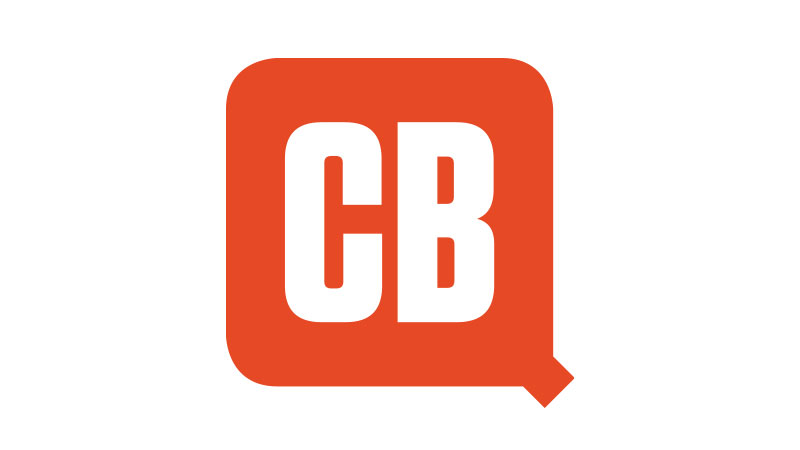Building user trust
Before a visitor uses your site, they need to believe it’s going to be worth it. Carl Smith of nGen Works explains how to earn and keep the trust of your visitors
This article first appeared in issue 203 of .net magazine – the world's best-selling magazine for web designers and developers.
Usability – it’s a given in the success of any online venture. If people can’t figure out how to use something, they can’t accomplish their goals. But there’s work to be done before usability comes into play, and it’s a step that can’t be skipped. Before anyone will even try to use your site, you have to make them believe it’s going to work.
Trust is when we make ourselves vulnerable for the promise of something better. We confidently expect a good return on our investment of information or time. That’s really what your users are doing when they try to accomplish something on your site. But before they even begin to try, they have to believe that your site is going to help.
So how can you establish trust with users? Start by working to understand who they are. Talk to them to find out where they live, both online and offline. What do they surround themselves with, and why? What feels comfortable to them? Don’t just ask about the websites they visit; ask about the last movie they saw or book they read. Paint a picture of their day and the environment they’ve chosen, then make sure that what you create fits into their world.
We trust what we know, so make things as familiar as possible to users. Speak in their language and avoid anything that feels awkward or complicated. Keep asking yourself: “Will someone coming to the site know what this means?” If not, they may question whether this is the right solution for them.
While you wouldn’t know it from looking at some usability sites, aesthetics do matter. If you have a choice between a rusted-out car or a shiny new one to take you across town, you’re taking the latter without even looking under the hood. Why? Because it looks more trustworthy.
Familiarity is the key
Keep in mind that everything about the website you build is a promise, from the layout to the content to the font. You’re telling users what to expect every step of the way, and that’s why consistency is so important. As human beings, we pick up on seemingly insignificant changes and then wonder what’s different. Consider how you feel when you discover a note on your windscreen. It’s unexpected, even unsettling, and it makes you pause for a moment. It’s the same online. If a message you’re not expecting pops up, it throws you out of rhythm. Even worse is when a confirmation message that you expect doesn’t appear, leaving you thinking, “I guess it worked”. Think about it: what that email confirmation we all wait on really confirms is our trust – what we expected to happen actually did.
Daily design news, reviews, how-tos and more, as picked by the editors.
One of the most overlooked aspects of trust on the web is that it’s transactional. If users choose to make themselves vulnerable by entering their information to try your application, they have to believe it’s going to be worth it. Many of us hesitate when we see credit card information being requested for a ‘free’ trial. As much as we knock Apple’s App Store, we trust it. Most apps are cheap and friends tell us which to get. It’s easier to trust something when the downside is minimal.
Keeping a user’s trust is no less important than earning it. Once users have decided to give you a chance, treat them with respect and communicate with them in meaningful ways. Some of the most successful websites use a conversational tone that’s almost like reading an email. Why? Because at the core of ongoing trust is a relationship. If you want a relationship to work, you have to maintain communication. Don’t just talk to talk or to announce random features; make sure there’s meaning for your user. And listen, too, because people quickly turn to Twitter or Facebook to bash companies they feel have abandoned them.
No matter how much our interactions or the ways in which we have them change, it will always be worthwhile to get to know your users, learn their language and follow through on the promises your site makes. Whether you’re creating a new site or sending a simple confirmation email, take advantage of every opportunity to make it clear to users that you’re worth their investment of time, information or attention. Make the effort to help them believe they can accomplish their goals and you’ll both get great returns.

The Creative Bloq team is made up of a group of art and design enthusiasts, and has changed and evolved since Creative Bloq began back in 2012. The current website team consists of eight full-time members of staff: Editor Georgia Coggan, Deputy Editor Rosie Hilder, Ecommerce Editor Beren Neale, Senior News Editor Daniel Piper, Editor, Digital Art and 3D Ian Dean, Tech Reviews Editor Erlingur Einarsson, Ecommerce Writer Beth Nicholls and Staff Writer Natalie Fear, as well as a roster of freelancers from around the world. The ImagineFX magazine team also pitch in, ensuring that content from leading digital art publication ImagineFX is represented on Creative Bloq.
